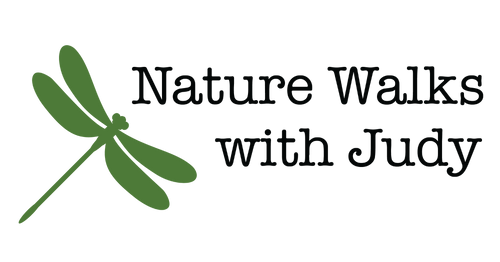Part field guide, part ecological study, this handbook introduces you to some of the caterpillars and butterflies you’re most likely to find in your Lowcountry backyard.With over 500 full-color photographs, you’ll learn about their identifying marks and stages of their life cycles, as well as what you could plant to attract them to your yard.
It includes a large sample of the butterflies of the South Carolina Coast, but many of these butterflies have a much wider range than just South Carolina.
The author begins with a general introduction to Lepidoptera, their life cycle, and many of the amazing features and adaptations of butterflies, including aposemitism, camouflage, concealment, deception, mimicry and offensive tastes and smells.
Includes individual species accounts of many of the most common butterflies found in South Carolina.
- swallowtails (giant, Palamedes, black, tiger, and pipeline),
- sulfurs (cloudless sulfur, sleepy orange, little yellow, and falcate orangetip),
- brushfoots (monarch, queen, zebra longwing, gulf fritillary, viceroy, red admiral, common buckeye, American and painted ladies, phaeon crescents and little wood satyrs)
- hairstreaks and blues (eastern pygmy blue, white M hairstreak, and gray hairstreak)
- skippers and duskywings (long-tailed, checkered, fiery, silver-spotted, saltmarsh, eufala and ocola skippers, horace's duskywing)
- moths (luna, io, polyphemus, imperial, tussuck, webworm, oakworm and sphinx
There are comparison charts to identify many of the commonly confused butterflies.
You'll also find suggestions for creating an insect-friendly yard, and a list of resources you can use to identify, raise, and otherwise support a healthy insect population in your own yard.






